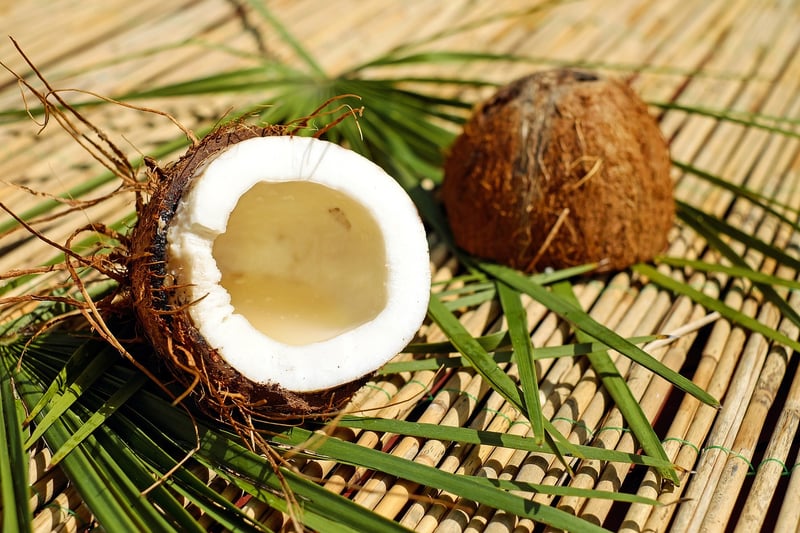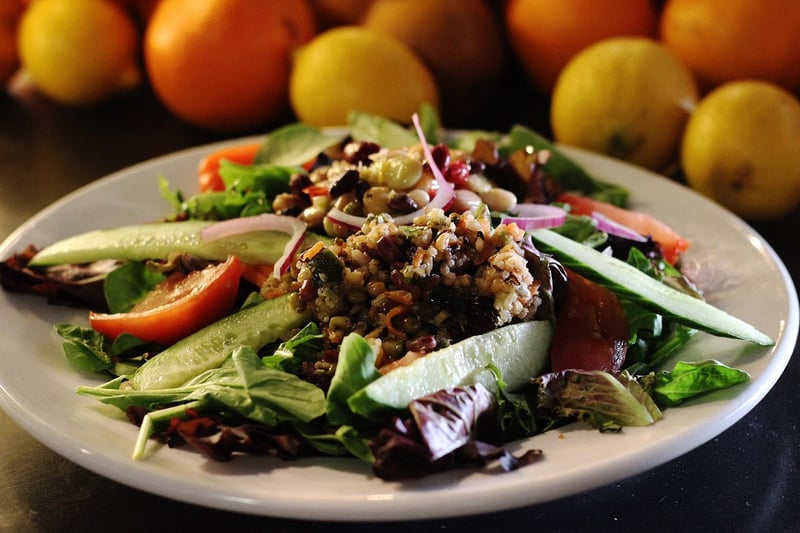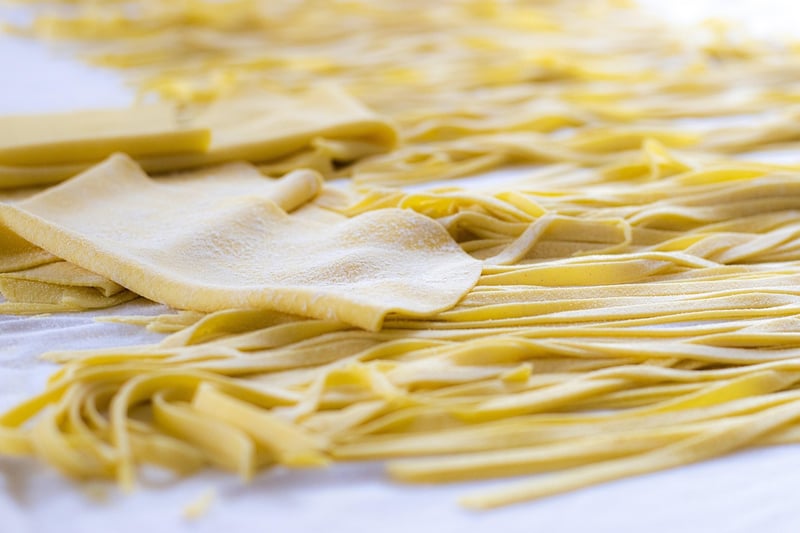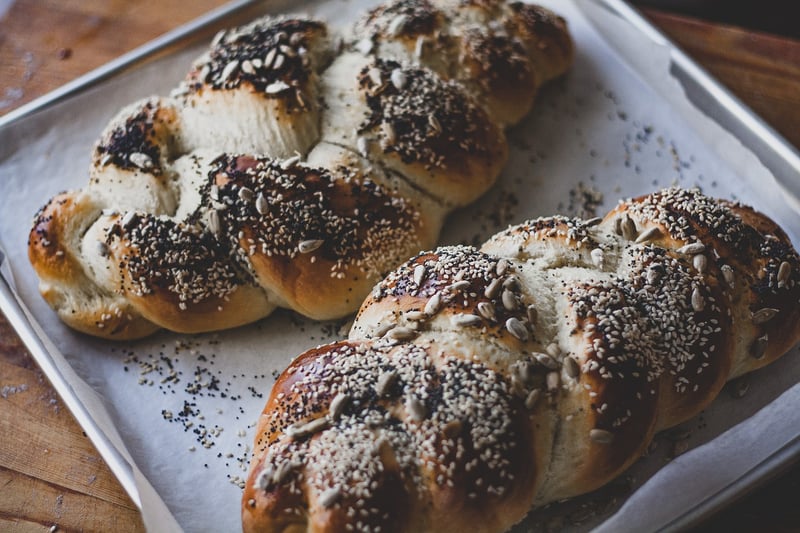Alternative Flours
Understanding Key Components of Alternative Flours
Alternative flours have gained popularity in recent years due to their unique flavors, nutritional benefits, and versatility in cooking and baking. These flours, which are derived from various grains, nuts, seeds, and legumes, offer a wide range of options for individuals with dietary restrictions or those looking to explore new culinary horizons.
Key Components of Alternative Flours
1. Nutritional Value
Alternative flours are often rich in essential nutrients such as protein, fiber, vitamins, and minerals. They can be a valuable addition to a balanced diet, providing a healthier alternative to traditional white flour.
2. Gluten-Free Nature
Many alternative flours are naturally gluten-free, making them suitable for individuals with gluten sensitivities or celiac disease. Popular gluten-free flours include almond flour, coconut flour, and rice flour.
3. Flavor Profiles
Each alternative flour has its unique flavor profile, ranging from nutty and earthy to sweet and savory. Experimenting with different flours can add depth and complexity to your dishes.
4. Textural Differences
Alternative flours can vary in texture, influencing the final outcome of your recipes. Some flours are denser and more absorbent, while others are lighter and finer. Understanding these textural differences is crucial for achieving the desired results.
Types of Alternative Flours
1. Almond Flour
Almond flour, made from finely ground almonds, is a popular choice for gluten-free and low-carb baking. It adds a nutty flavor and moist texture to baked goods.

2. Coconut Flour
Coconut flour, derived from dried coconut meat, is high in fiber and imparts a subtle coconut flavor to recipes. It is ideal for gluten-free and paleo baking.

3. Quinoa Flour
Quinoa flour, milled from quinoa seeds, is a nutritious gluten-free option with a slightly nutty taste. It works well in both sweet and savory dishes.

4. Chickpea Flour
Chickpea flour, also known as gram flour or besan, is a staple in Indian cooking. It has a distinctive flavor and is commonly used in dishes like pakoras and socca.

Exploring the world of alternative flours can open up a realm of culinary possibilities and enhance the nutritional value of your meals. Whether you are following a specific diet or simply looking to diversify your cooking repertoire, incorporating alternative flours can add depth and complexity to your dishes.
Remember to experiment with different types of alternative flours to discover the flavors and textures that best suit your preferences and recipes.
